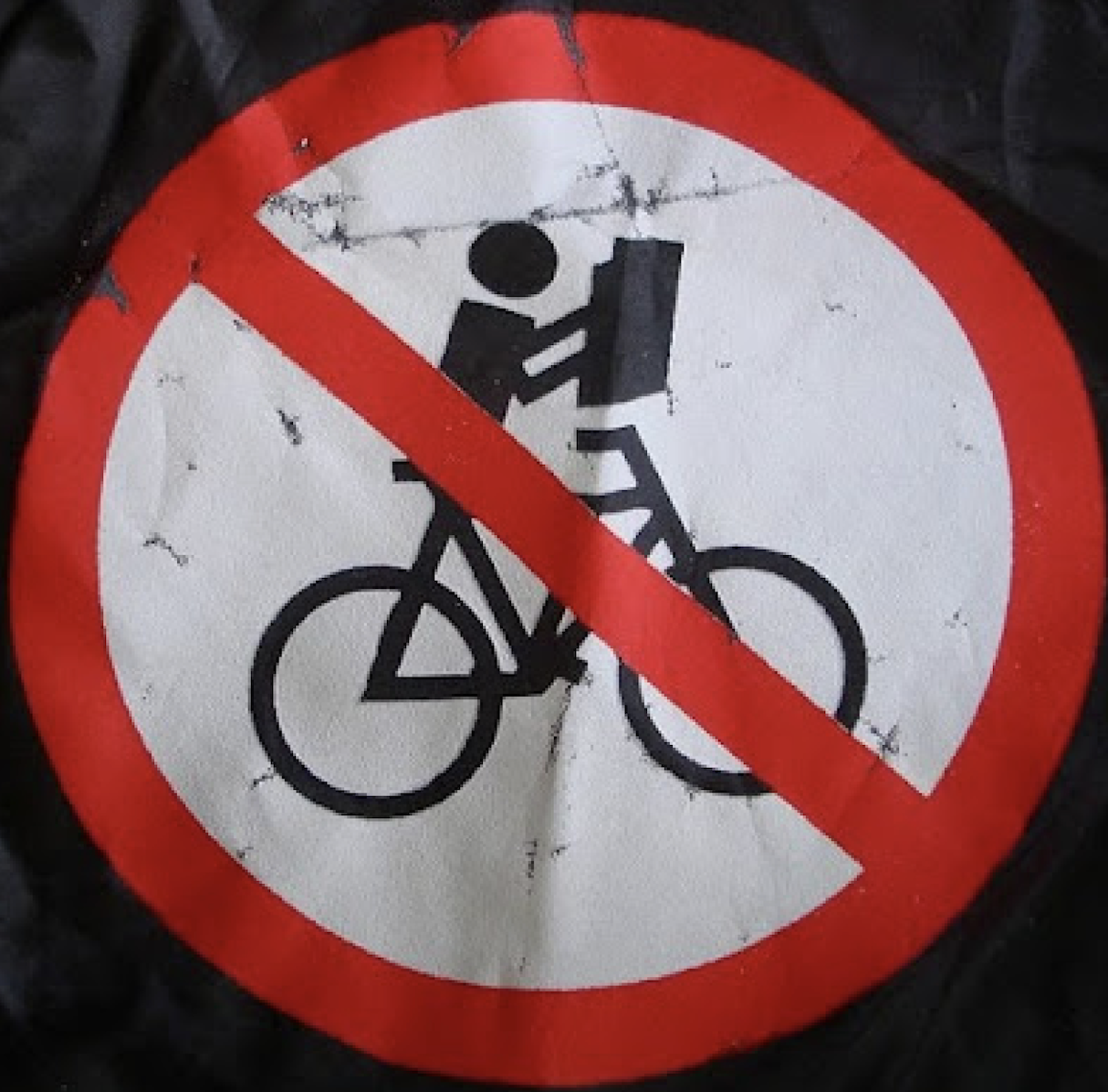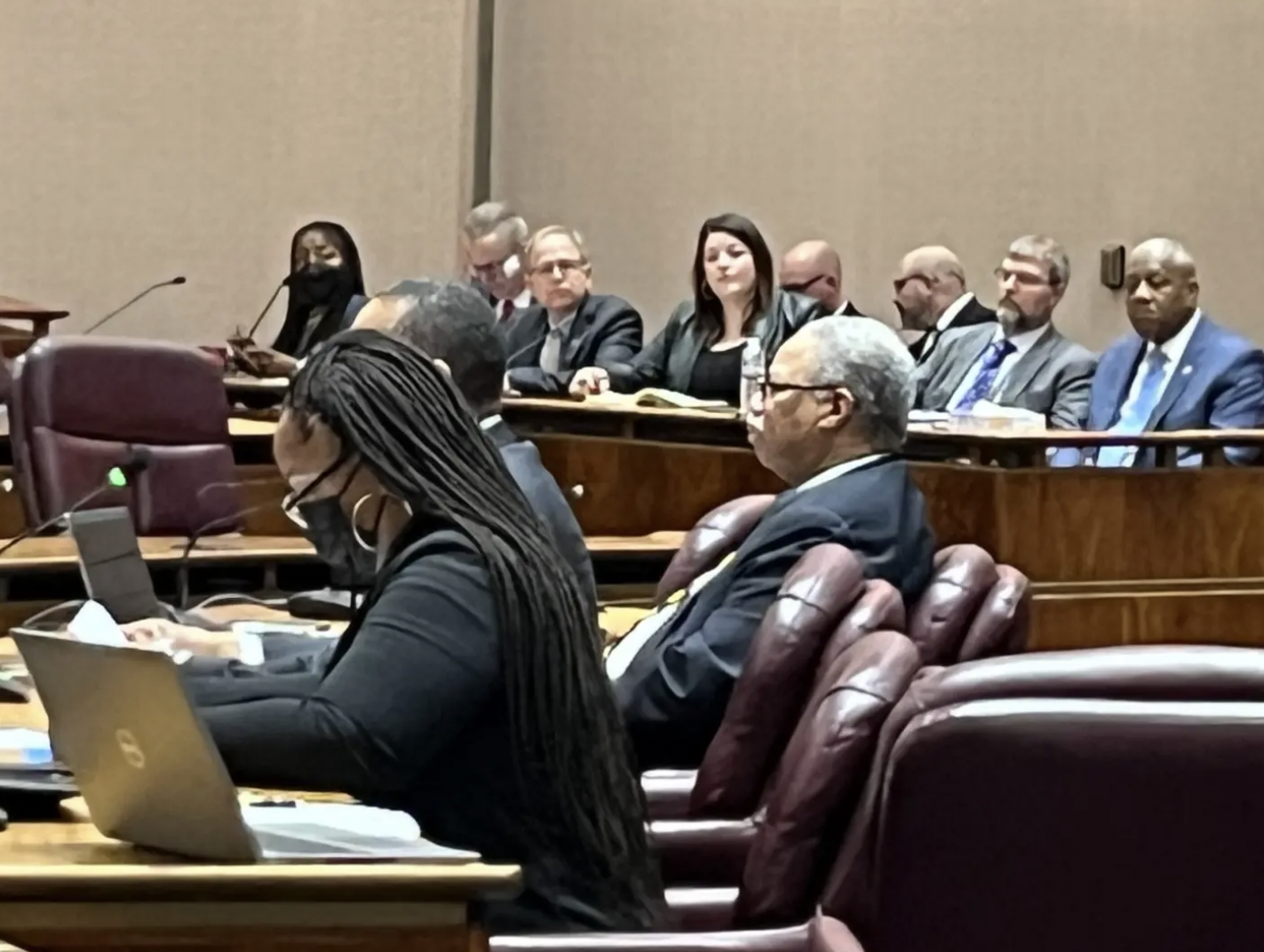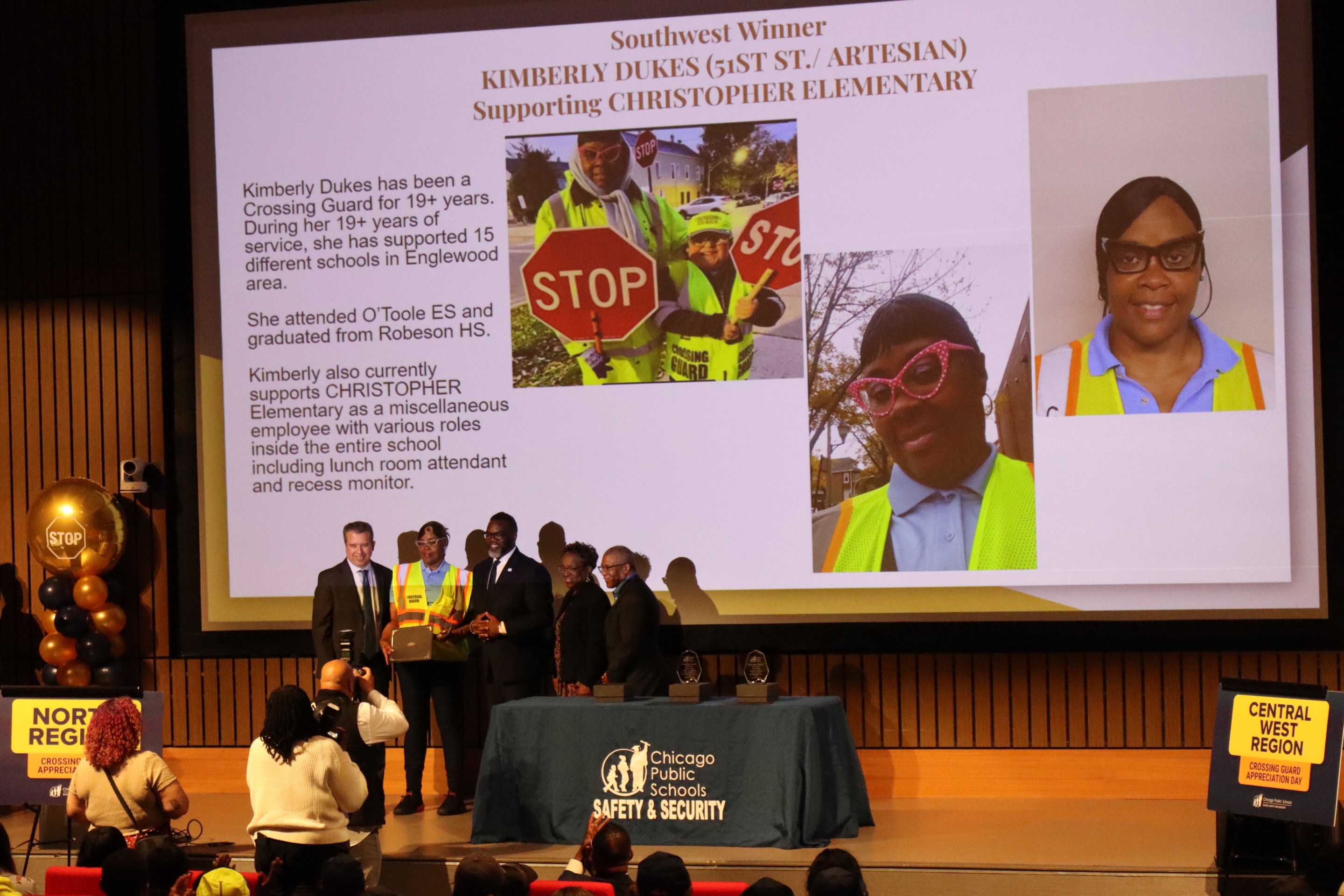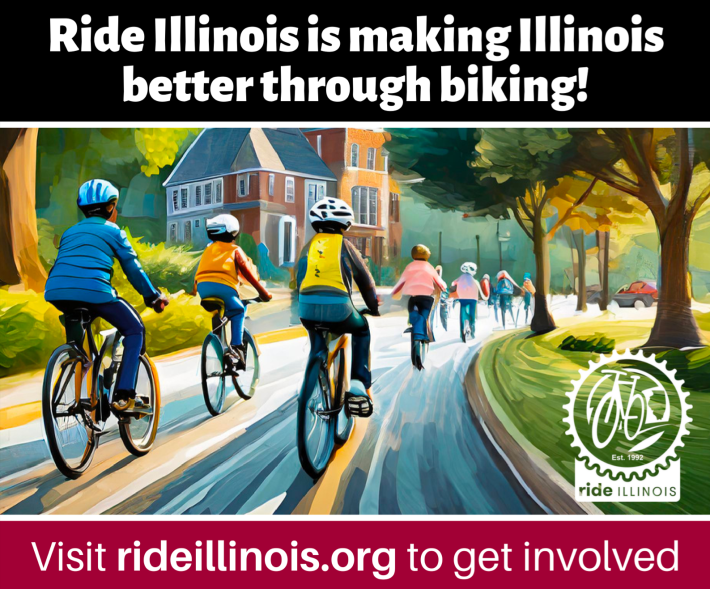
The City Council’s Committee on Pedestrian and Traffic Safety will hold a meeting on Wednesday, May 1st, from 10 a.m. to noon at City Hall to discuss lowering the city’s default speed limit from 30 mph to 25 mph. Notably, the committee's chair is Ald. Daniel La Spata (1st), a longtime supporter of smart transportation policies who was was recently awarded the Safe Streets Award at the Active Transportation Alliance's Movers and Shakers Ball earlier this month.
In recent years, lowering speed limits as part of projects to improve safety for all road users has become more common in Chicago. For example, in April 2023, the Chicago Department of Transportation lowered the speed limit from 30 to 25 mph on Broadway between Lawrence and Devon avenues in Uptown and Edgewater as part of a Complete Streets project. And last winter CDOT lowered the speed limit from 30 to 20 mph as part of the Dickens Avenue Neighborhood Greenway project in Lincoln Park.
But now there's finally action on something livable streets advocates have proposed for years: Making the 25 mph speed limit the rule for Chicago streets, rather than the exception. As ATA spokesperson Ted Villaire recently noted in a blog post, similar policies in peer cities around the U.S. have proved effective for preventing serious and fatal crashes, saving lives as well as taxpayer money.
Lowering Chicago's default speed limit by 5 mph might not seem like a major safety upgrade. But supporters note that it could have dramatic positive results.
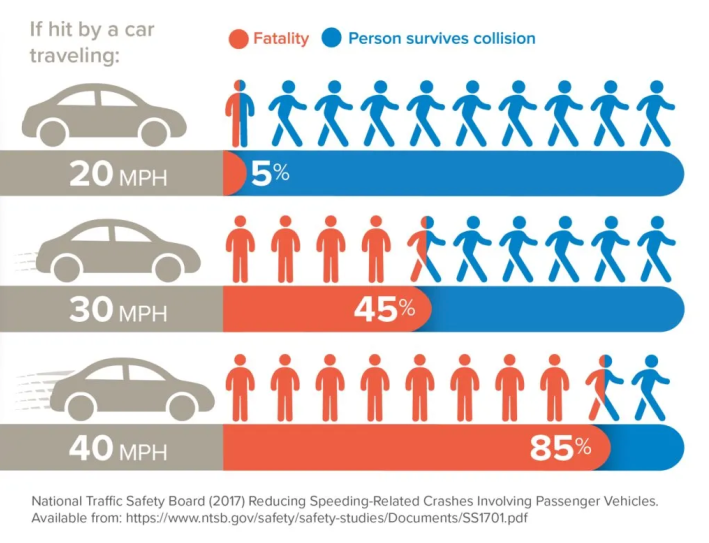
"Speed limit is a top priority because of the wide range of public health and safety benefits that even just a 5 mph reduction in speed would have," said Morgan Madderom, director of transportation policy and planning for the committee. "For example, crashes involving pedestrians are 70 percent more likely to be fatal if the vehicle involved is traveling at 30 mph versus 25 mph."
"More glaringly, Chicago is one of the only major cities to have a speed limit of 30 mph across the whole city," Madderom added. "Many cities like Minneapolis [are] moving to 20 mph, and even more cities at least designating residential areas to 20 or 25 mph."
Ted Villaire noted in his ATA blog post that Boston, Seattle, Portland, and New York City are other cities that recently lowered their speed limits, with impressive outcomes. NYC saw a 23 percent decrease in yearly pedestrian fatalities after lowering its default speed limit from 30 to 25 mph. And according to the Insurance Institute for Highway Safety, after Boston made the same change, the number of fatal crashes involving speeding over 35 mph dropped by nearly 30 percent.
In contrast, Illinois traffic fatalities tragically rose by 40 percent between 2012 and 2021, with people on foot and bike making up a growing percentage of the victims, Villaire noted. The victims have also disproportionately been children, seniors, people with disabilities, and people of color. For example, while African Americans make up less than a third of Chicago's population, almost two-thirds of people killed in traffic collisions here are Black.
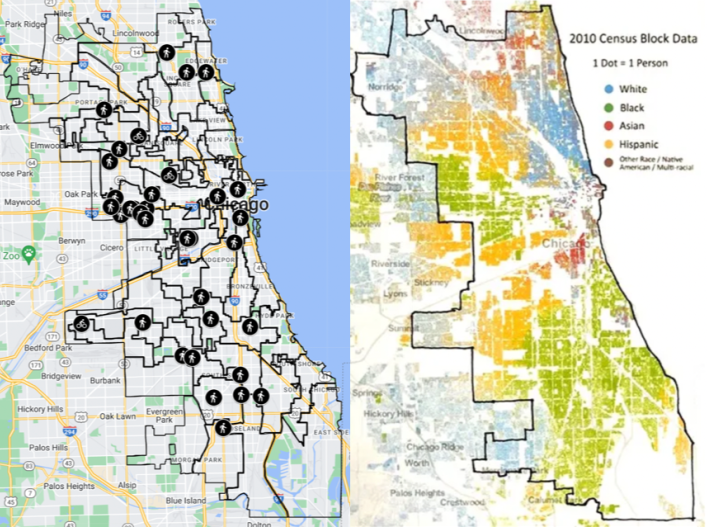
Streetsblog reached out to Equiticity, a nonprofit that promotes safe streets and sustainable transportation in Chicago's Black and Latino communities, for its perspective on the issue. José Manuel Almanza, director of advocacy and movement building, said they applaud the committee taking steps to make the roads safer for all users. But he added that it's important to make sure that changes in traffic laws won't disproportionately impact drivers of color.
"First, our communities often rely more heavily on driving as a means of transportation due to inadequate public transit options, making any changes in driving regulations more acutely felt," Almanza said. "Second, our communities are already subject to heightened levels of policing, leading to a greater likelihood of being pulled over for minor infractions... We already know how deadly traffic stops can be for Black and Brown drivers."
Last year Almanza became a plaintiff in a lawsuit accusing the Chicago Police Department of targeting Black and Latino drivers for traffic stops. According to the suit, he was pulled over four times during the first six months of 2023.
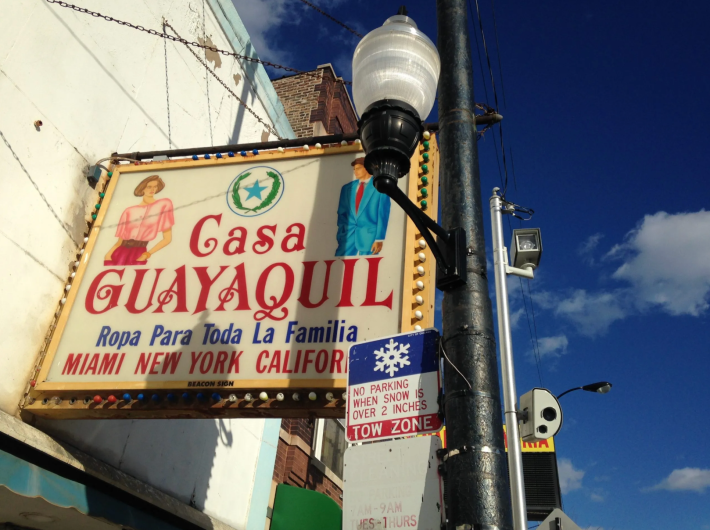
Automated speed cameras take police out of the equation, eliminating the possibility of traffic law enforcement being motivated by an officer's racial biases, or escalating to violence. Moreover, the cameras have been found to be effective at creating safer streets. A January 2022 the study by University of Illinois at Chicago researchers concluded that from 2015 to 2017, compared to expected traffic crash levels levels, our city's speed cameras lowered the number of severe and fatal injuries by 15 percent. The report also found the cams prevented 204 people from being injured (at any level of severity) or killed.
But Almanza noted that more Black and Latino drivers have received Chicago speed camera tickets than white motorists. Our city's communities of color are more likely to have car-centric street layouts, like multi-lane arterial roads, and expressway off-ramps that encourage speeding. He said if the 25 mph speed limit passes, rather than more enforcement, Equiticity wants to see more street makeovers that cause drivers to travel at safer speeds.
"Infrastructure improvements such as traffic calming measures, redesigned roadways, and enhanced signage provide sustainable solutions that inherently encourage drivers to adhere to lower speed limits." He added that infrastructure upgrades are the most equitable way to improve road safety. "It benefits communities regardless of socioeconomic status... By prioritizing infrastructure enhancements alongside changes in speed limits, we can create safer and more accessible transportation networks that benefit everyone."

Villaire agreed with that point of view in the Active Transportation Alliance post. "Infrastructure improvements — such as speed humps, curb extensions, and protected bike lanes — can work in tandem with lower speed limits to create a holistic approach to traffic safety."
To encourage the passage of the 25 mph speed limit, consider showing up for the Wednesday morning meeting. ATA also encourages residents to contact their local alderperson to voice support.

Did you appreciate this post? Please consider making a tax-deductible donation to help Streetsblog Chicago keep publishing through 2025. Thank you.


